Back in 2015, Dr Surdas and his wife Dr Minu, wanted to rebuild their old house in the Ollur area of Thrissur, Kerala. They wanted a new home that was in perfect harmony with nature without being a threat unlike the homes built today. That’s when they approached PK Sreenivasan, a civil engineer, whose architectural firm Vasthukam specialises in building eco-friendly homes built with mud.
Within a year, the doctor couple were happily living in a unique and picturesque mud house surrounded by jack fruit and mango trees, alongside other beautiful flowering plants. Not only that, but nearly 80 per cent of the total materials like wood, mud, laterite and Mangalore roof tiles that were used to build the new house came from their previously demolished home. Everything from the doors, windows and wooden columns were sourced from the demolished house.
“But their main demand was to construct a mud house. While we sourced some of our mud from the basement area of the new house, we procured the rest from the surrounding region. Also we up-cycled whatever material was present in the old house after demolition,” says PK Sreenivasan, in a conversation with The Better India earlier this week.
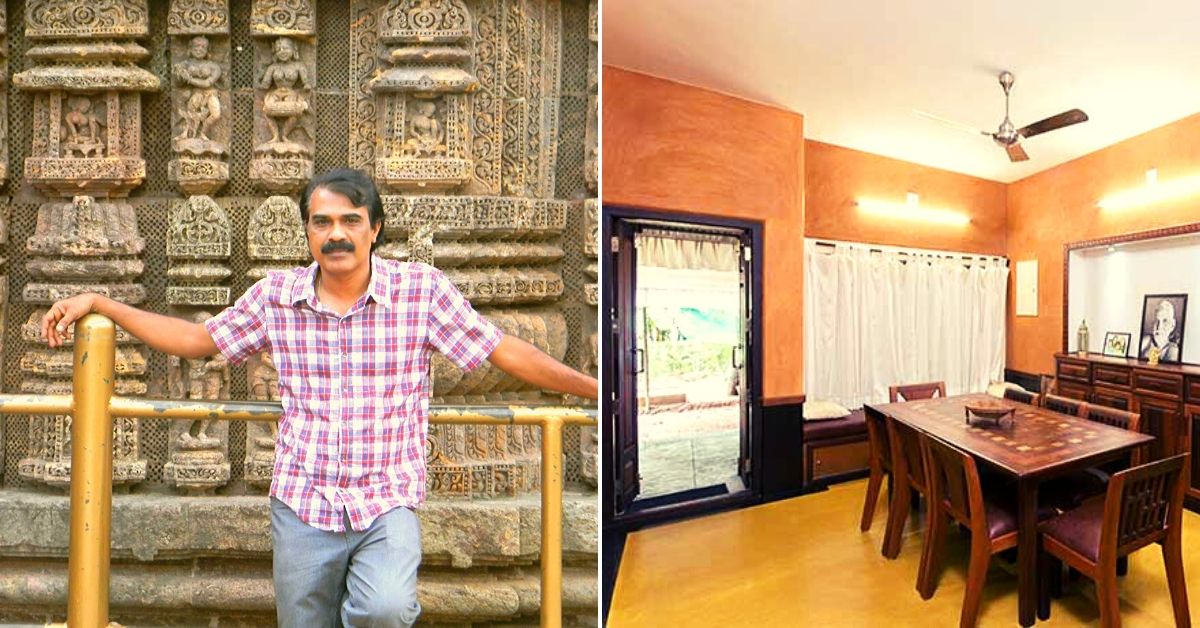
Legacy of Eco-Friendly Homes – Working with and Learning from Laurie Baker
Born and raised in Thrissur, PK Sreenivasan did not study architecture, but was a graduate (1987) in Civil Engineering from the Government Engineering College, Thrissur. Following graduation, however, he joined the Centre of Science and Technology for Rural Development (COSTFORD), a NGO in Thrissur in 1988 to work with the legendary Gandhian architect Laurie Baker on low-cost rural housing projects.
Kerala Architect:
Playing an instrumental role in the introduction of exposed laterite buildings to the state in 1992, Sreenivasan, alongside Baker, worked on implementing cost-effective and eco-friendly housing projects. But his focus was on the importance of making a house more eco-friendly and greener by experimenting with other natural materials, particularly mud. However, he soon quit COSTFORD, parted ways with Baker and established Vasthukam in 1994.
“Nearly 25 years ago, I began using mud as a building material. When I worked with Baker, there was a greater emphasis on burnt brick, laterite and stone. He would rarely do mud construction, particularly in Kerala. After leaving COSTFORD, I started constructing mud structures. My first mud building was the Adishakti Theatre in Puducherry,” he says.
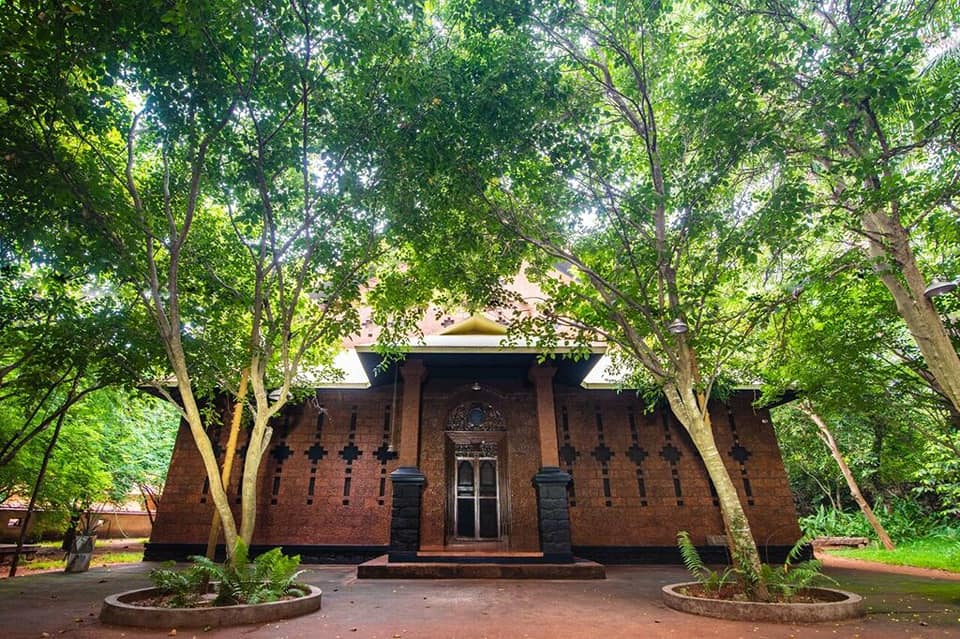
Spread across an area of 2,697 square feet, Dr Surdas and Dr Minu’s home in Ollur has three bedrooms, living and dining rooms, a kitchen with a work area adjacent to it. Hard rocks were used to construct the foundation of the house, while the walls were built employing rammed earth technology where the mud and slaked lime are mixed and stacked tightly. However, in the past, he has also used cob with mud plaster and sun-dried bricks. More importantly, he employs no steel and even the use of RCC is minimal Kerala Architect.
Nonetheless, the specialty of any Vasthukam home is the use of mud plaster, which can be rough or smooth, but requires no coat of external paint, instead of a cement plaster.
“It was Vasthukam which reinvented the technique of smooth plastering of the walls using mud. This technique helps to reduce the use of 50 per cent of sand that is needed while plastering the walls. This technique also helps to avoid painting the walls and the unhealthy consequences of breathing toxins,” says the firm’s website.
There are multiple benefits to mud plastering. It is eco-friendly, requires no paints with toxic chemicals and these walls require no to less maintenance work, which in terms of overall cost is much less in comparison to painted cement plastered walls.
“In my structures, however, we need two layers of mud plaster. The first layer is done with a mixture of mud, a small portion of sand and rice husk as a fibre and an even smaller quantity of cement for stabilising purposes. The second layer comprises a very thin layer of mud plaster with sieved mud, lime, little cement and finely sieved sand that presents a smooth finish. The final layer can be smooth or rough depending on the client’s tastes. Mud plastering also has a real cooling effect inside the house and minimises the need for fans and air conditioners,” informs Sreenivasan Kerala Architect.
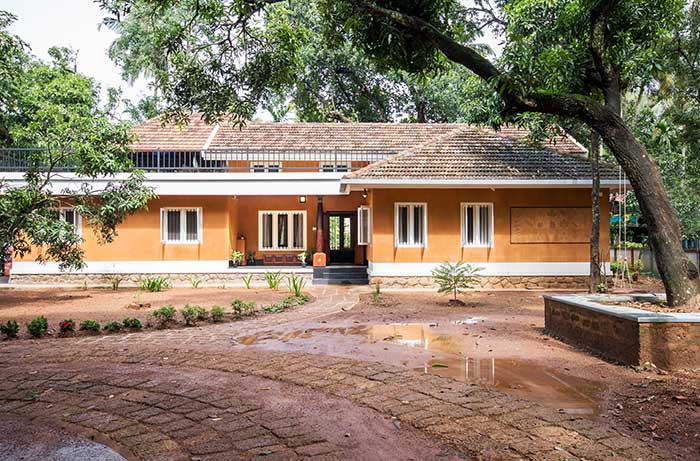
A significant portion of the mud is sourced from waste soil. Although these mud walls require no paint, the structures that Vasthukam constructs are of different shade depending on where the mud is sourced from and the soil type. Their differing shades heighten the beauty of the final finish, and there is no addition of any artificial pigment. The colours are natural.
“The walls of different mud houses are in different shades from deep red, soft yellow, yellow ochre, chrome yellow, muted brownish gold to many other colour variants. And we render the wall with various textures, motifs and impressions,” he says.
However, a very important element for any mud house is the need for protection from the scorching sun and heavy rain. These mud walls require proper shade Kerala Architect.
“To protect the walls we build a proper overhang like a sloping wooden roof. Although we built a concrete roof with filler material like old Mangalore Tiles in the Ollur house, we often use wood from coconut or palm trees that are abundantly found in Kerala. Coconut wood, for example, is strong and very durable. It can last for over 100 years. Traditionally, people would use coconut wood from 60 to 70-year-old trees that were way past their fruit bearing years. Another option for roofing is bamboo, but the costs are high after treatment and also the availability is less.” he says.
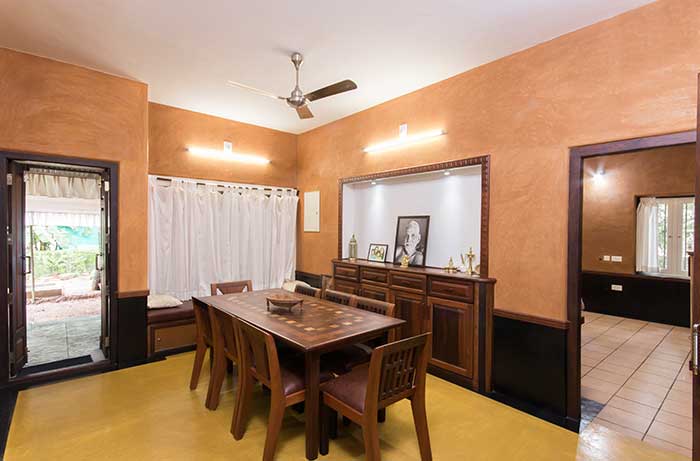
Another fundamental facet of Vasthukam eco-friendly homes is the absence of glass windows. It’s a facet of modern day housing that annoys Sreenivasan. The emphasis here is the entry of natural light into the room and proper ventilation. “Back in the old days, our traditional houses hardly used glass because it absorbs more heat which then raises the temperature inside. We use simple and small and wooden window panels without any curtains or jaali that facilitates the seamless flow of breeze and fresh air,” he reiterates.
Challenging times
Despite the obvious benefits of such eco-friendly structures, Sreenivasan argues that making them is getting harder by the day because of rising costs. Back when he was working with Laurie Baker, the cost of labour was less compared to the cost for the material used like cement and steel. At the time, Baker insisted on labour intensive work without using cement and steel. For example, Sreenivasan says that he would insist on using lime mortar instead of cement mortar. However, today the labour charges are now more than Rs 1,000 per day, while the cost of cement is less than Rs 400 a bag. Eco-friendly architects like him cannot do the same things as they did back then.
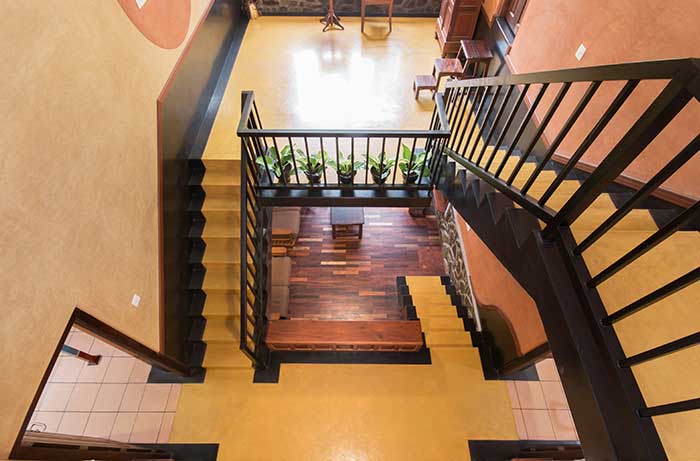
Nonetheless, it’s the type of architecture he abides by that could significantly reduce our collective carbon footprint. It’s a question of survival with climate change hovering above us. Many have spoken of sustainability, but few have done anything about it.
Not PK Sreenivasan, though.
- Насколько самоуверенность воздействует на понимание побед - December 4, 2025
- GameArt Casinos 2025 ⭐ Best GameArt casino Dr Bet Login login Gambling enterprise Bonuses & The Harbors - December 4, 2025
- Online Casino’s in Nederland: Regelgeving en Praktische Vereisten - December 4, 2025

